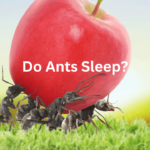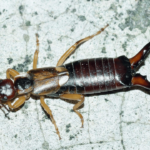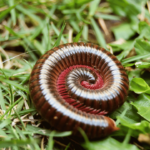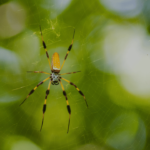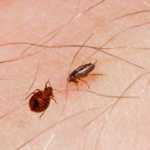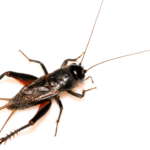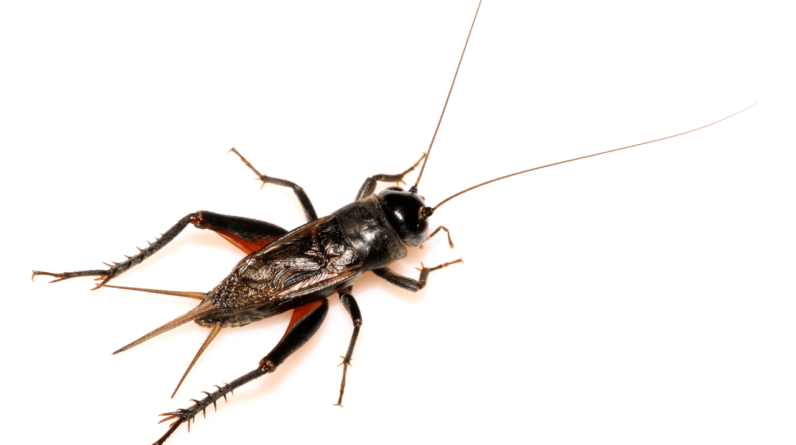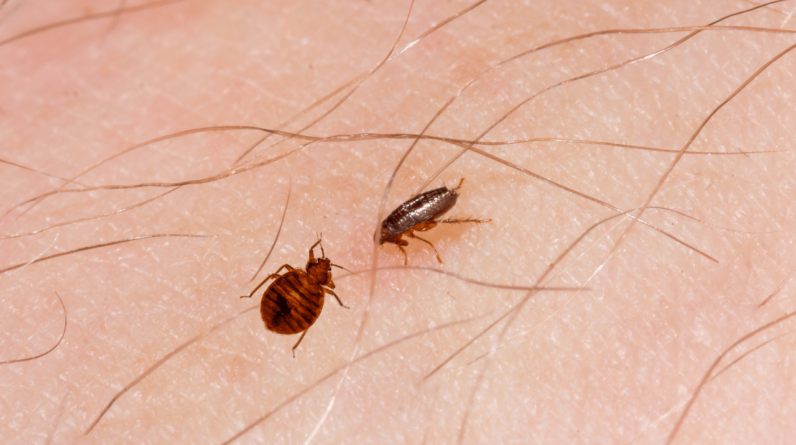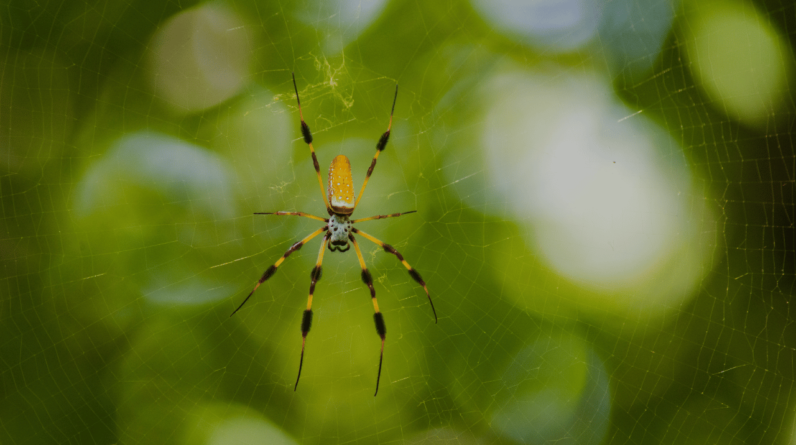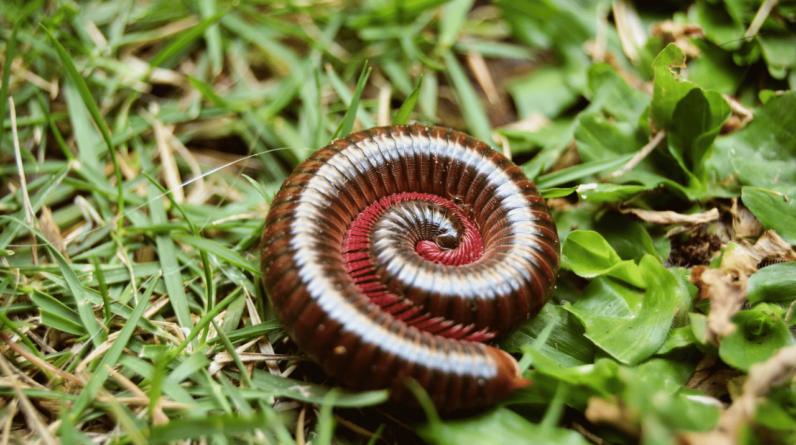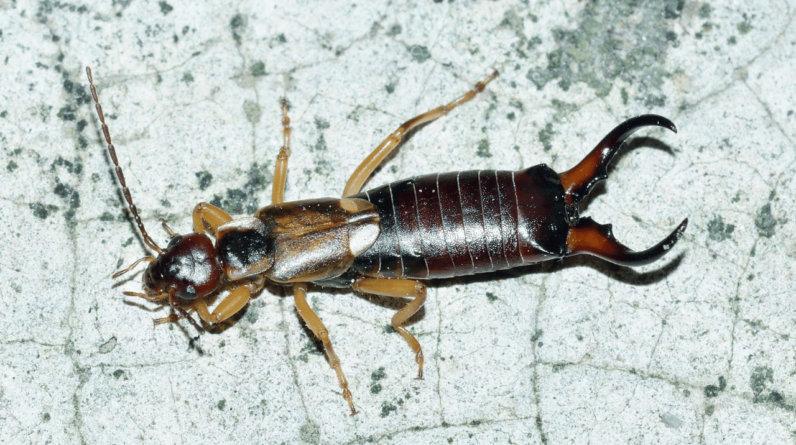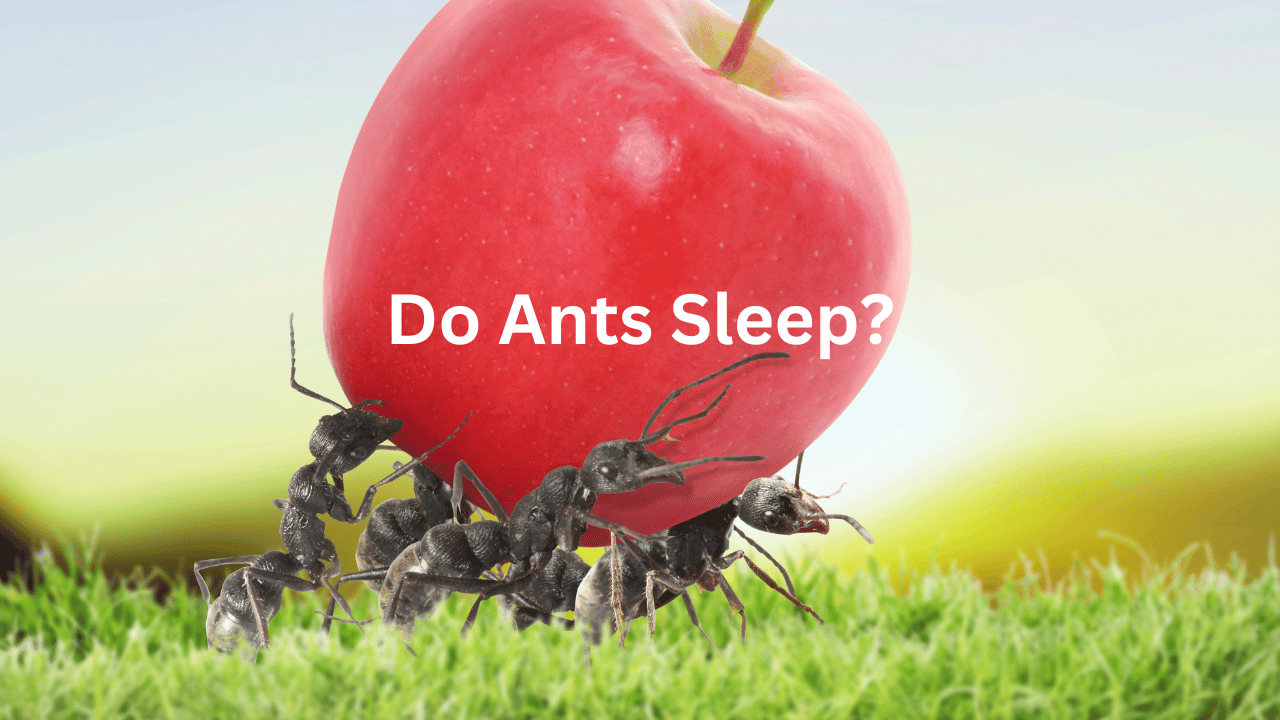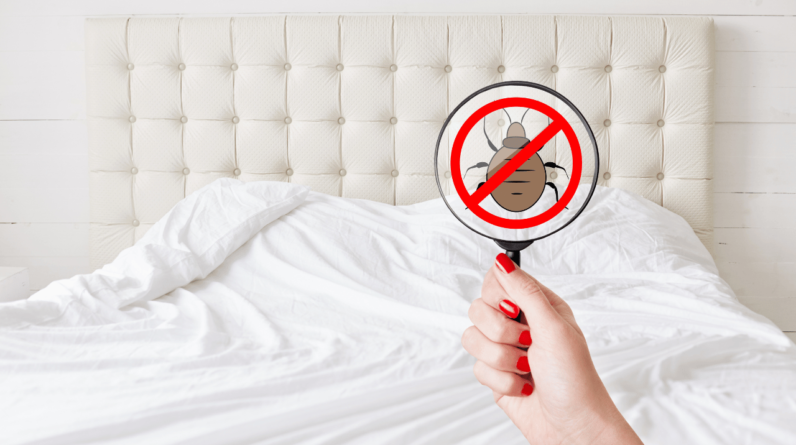
Are you constantly waking up to itchy bites and suspicious of bed bugs infesting your home? Don’t panic just yet, because those tiny pests may not be bed bugs after all. In fact, there are several bugs that resemble bed bugs, but with a keen eye and some knowledge, you can easily tell them apart.
This article will guide you through the world of bugs that mimic the infamous bed bug, providing you with the tools necessary to accurately identify them. By understanding the distinguishing characteristics of these look-alikes, such as their size, shape, and feeding habits, you can confidently determine whether you’re dealing with bed bugs or a different culprit.
We’ll explore the important factors that set these bugs apart, from fleas and spider beetles to bat bugs and cockroach nymphs. So, let’s dive in and master the art of bug identification to finally put an end to those sleepless nights and itchy bites.
What Are Bugs That Resemble Bed Bugs?
If you’re wondering what bugs look like bed bugs, there are several species such as fleas, spider beetles, bat bugs, ticks, cockroach nymphs, swallow bugs, and booklice that resemble them in appearance.
However, it’s important to note that bed bugs have some distinct characteristics that set them apart from these look-alike bugs. Bed bugs are about the size of apple seeds and have six legs. They are flat, unsegmented, and lack hind wings. Unlike fleas, bed bugs don’t have long legs. Additionally, bed bugs feed on human blood and can infest pets, while fleas can also carry disease.
To prevent bed bug infestations in your home, it’s crucial to maintain cleanliness, regularly inspect and vacuum your sleeping area, and keep your luggage elevated and away from beds. Contrary to common misconceptions, bed bugs aren’t caused by poor hygiene but are often spread through travel and high population density.
Differentiating Factors
When differentiating between insects that look similar to bed bugs, pay attention to distinguishing features such as the length of their legs, the shape of their bodies, and the presence of specific characteristics like longer hairs or segmented bodies.
Bed bugs, for example, have six legs and are about the size of apple seeds. They’re flat, unsegmented, and have no hind wings.
Fleas, on the other hand, are smaller than bed bugs and have longer legs.
Spider beetles have long antennae and are oval in shape, while bat bugs resemble bed bugs but have longer hairs on their heads.
It’s important to note that bed bugs don’t feed on human blood. Common misconceptions about bed bugs include the belief that they’re caused by poor hygiene and that they can be easily eliminated.
To accurately distinguish bed bugs from similar insects, it’s recommended to call a professional exterminator who can provide expert identification and guidance.
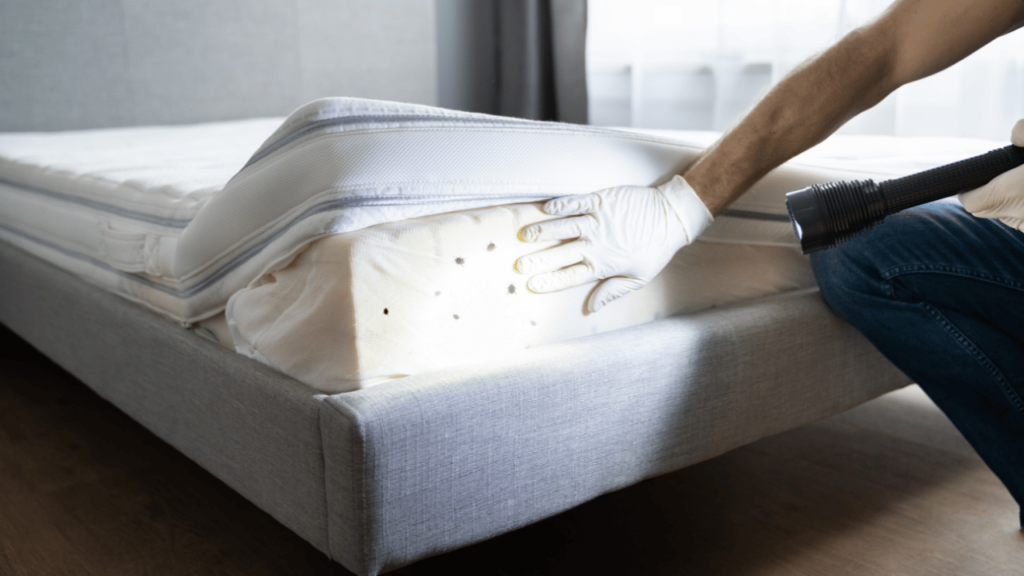
Identification Tips
To identify different insects that resemble bed bugs, pay attention to their distinguishing features such as leg length, body shape, and specific characteristics like longer hairs or segmented bodies. Here are some tips on how to distinguish bed bugs from other insects:
1. Leg length: Bed bugs have six legs, whereas fleas and ticks have eight legs. Pay attention to the leg count to differentiate between these bugs.
2. Body shape: Bed bugs are flat and unsegmented, while cockroach nymphs and spider beetles have a more oval shape. Look for these differences in body shape to identify the bug.
3. Hairs and antennae: Bat bugs have longer hairs on their heads compared to bed bugs, and swallow bugs have longer antennae. These distinct features can help in distinguishing them from bed bugs.
4. Size and color: Bed bugs are about the size of apple seeds and can vary in color depending on when they last fed. Fleas are smaller and often darker in color. Pay attention to the size and color variations to tell them apart.
By observing these distinguishing features, you can effectively identify common bug look-alikes to bed bugs.
Frequently Asked Questions
What are some common misconceptions about bed bugs and their appearance?
Common myths about bed bugs and their appearance include that they are caused by poor hygiene and that they are only found in dirty environments. To properly identify a bed bug infestation, look for bloodstains, excrement, eggs, and a musty odor.
Are there any bugs that are commonly mistaken for bed bugs but are harmless?
Common harmless bugs that are commonly mistaken for bed bugs include fleas, spider beetles, bat bugs, ticks, cockroach nymphs, swallow bugs, and booklice. To properly identify bed bugs from other bugs, you can check for specific characteristics such as size, color, and feeding habits.
Can bed bugs infest outdoor areas or only indoor spaces?
Bed bugs can infest both indoor and outdoor areas. Outdoor infestation risks include areas with high population density and travel routes. To prevent outdoor infestations, maintain cleanliness, eliminate hiding places, and inspect and treat outdoor furniture and belongings regularly.
How long do bed bugs typically live and how fast do they reproduce?
Bed bugs typically live for about 6-12 months, but can live up to a year or longer in ideal conditions. Factors such as temperature, access to blood meals, and availability of harborage sites can affect their reproduction and population growth.
Are there any natural remedies or home remedies that can effectively get rid of bed bugs?
Investigating the truth of a theory, there is evidence that natural and home remedies can effectively eliminate bed bugs. Examples include using diatomaceous earth, essential oils like tea tree or lavender, and steam treatments.
Key Takeaways of Bugs That Resemble Bed Bugs
– Bed bugs can be mistaken for fleas, spider beetles, bat bugs, ticks, cockroach nymphs, swallow bugs, and booklice.
– Bed bugs have six legs and are about the size of apple seeds. They feed on human blood and can infest pets.
– Fleas are smaller than bed bugs and have longer legs. They can carry diseases.
– Spider beetles have long antennae and are oval in shape. Bat bugs are similar in appearance to bed bugs but have longer hairs on their heads.
Conclusion
In conclusion, correctly identifying bugs that resemble bed bugs is crucial for effective treatment.
While fleas, spider beetles, bat bugs, ticks, cockroach nymphs, swallow bugs, and booklice may have some similarities in appearance, there are distinct characteristics that set bed bugs apart.
By carefully observing their size, legs, body shape, and feeding habits, one can determine if a bug is a bed bug.
Remember the adage, “A stitch in time saves nine,” and seek the assistance of a professional exterminator if unsure.
Precise identification is key to eliminating these pests and preventing further infestation.

